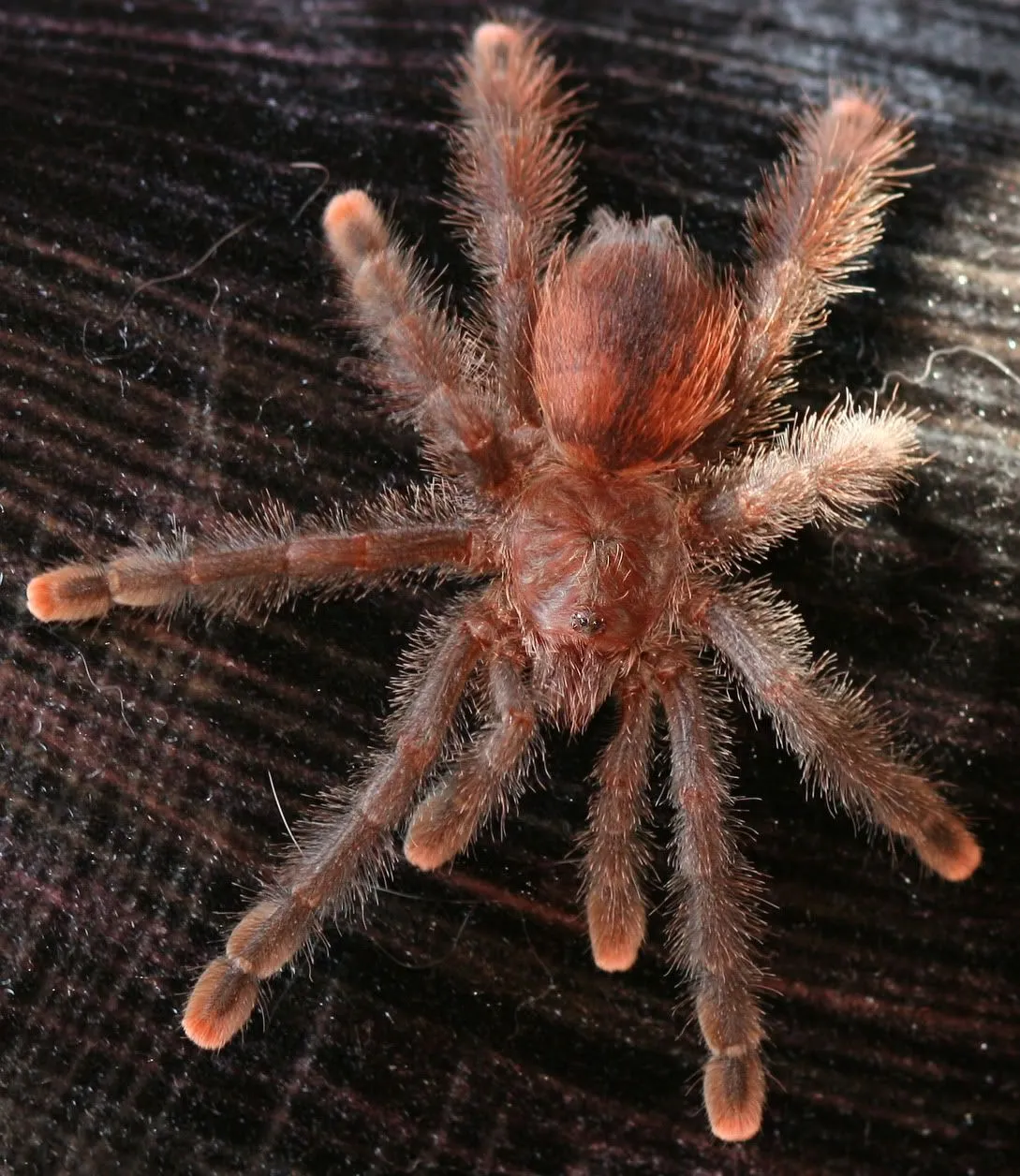Pink Toe Tarantula: Beginner’s Care
The Pink Toe Tarantula (Caribena versicolor) is a popular pet due to its beautiful coloration and relatively docile temperament. Originating from the Caribbean islands, these arboreal tarantulas are known for their vibrant pink tips on their legs and their arboreal lifestyle, meaning they prefer to live in trees. Providing proper care is essential for the health and well-being of your Pink Toe Tarantula. This guide covers everything from choosing your tarantula to maintaining its habitat and ensuring its health. Following these guidelines will help you create an environment where your Pink Toe Tarantula can thrive and exhibit its fascinating behaviors. Proper care not only ensures the tarantula’s longevity but also allows you to enjoy observing its unique characteristics.
Choosing Your Pink Toe Tarantula
Selecting the right Pink Toe Tarantula is the first step in ensuring a successful and enjoyable experience. It’s crucial to choose a healthy specimen from a reputable source. Avoid purchasing tarantulas from pet stores where they appear to be stressed or poorly cared for. Look for a tarantula that is alert, active, and has a good appetite. Young tarantulas are typically easier to acclimate to a new environment, but they also require more delicate care. Consider your experience level and the time you can dedicate to caring for your new pet. Always research the seller and read reviews to ensure they have a good reputation for providing healthy tarantulas. Before bringing your tarantula home, prepare its enclosure so it can be placed immediately into a comfortable habitat.
Selecting a Healthy Pink Toe Tarantula
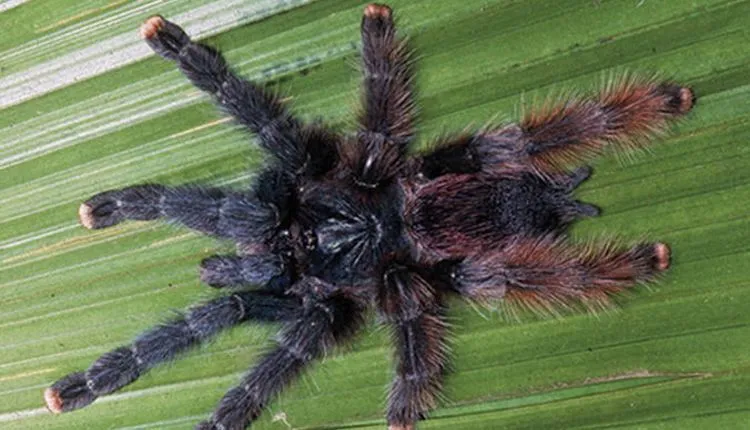
When selecting a Pink Toe Tarantula, observe its behavior and physical condition. Look for a tarantula that is moving around actively, not sluggish or lethargic. The abdomen should be plump, not shrunken, indicating it is well-fed. Check for any signs of injury, such as missing legs or damaged fangs. The pedipalps (small appendages near the mouth) should be intact and functioning. A healthy tarantula will also have a clean, shiny appearance. Avoid tarantulas that appear to be in the process of molting, as they are more vulnerable during this time. If possible, ask the seller about the tarantula’s feeding habits and if it has molted recently. A tarantula that is actively eating and has molted recently is a good sign of health.
Pink Toe Tarantula: Housing Requirements
Creating the right environment for your Pink Toe Tarantula is essential for its well-being. These tarantulas are arboreal, meaning they spend most of their time in trees, so their enclosure should be tall rather than wide. The enclosure should provide adequate ventilation, a suitable substrate, and appropriate decorations. Proper housing not only mimics their natural habitat but also reduces stress and promotes natural behaviors. By understanding the specific needs of your Pink Toe Tarantula, you can create a comfortable and enriching environment that allows it to thrive. Regularly inspect the enclosure to ensure that the conditions remain optimal and that the tarantula is healthy and content.
Choosing the Right Enclosure
The enclosure should be tall enough to allow your Pink Toe Tarantula to climb and create webs. A good starting size for an adult is a 12x12x18 inch terrarium. Make sure the enclosure has a secure lid to prevent escapes, as Pink Toe Tarantulas can be surprisingly fast. The enclosure should be made of clear material, such as glass or acrylic, to allow for easy observation. Ventilation is critical; the enclosure should have cross-ventilation to prevent the buildup of humidity and mold. Consider enclosures with side and top ventilation to maintain proper airflow. Ensure the enclosure is easy to clean and maintain, with access points for feeding and watering without disturbing the tarantula. Choosing the right enclosure is the foundation for a healthy and happy Pink Toe Tarantula.
Substrate and Decor for Your Tarantula

The substrate should retain some humidity while providing a surface for the tarantula to grip. A mix of coconut fiber, peat moss, and a small amount of vermiculite is ideal. Avoid substrates like sand, which can be difficult for tarantulas to navigate and maintain. The substrate should be deep enough for the tarantula to burrow slightly if it chooses. Decorate the enclosure with artificial or real plants, such as silk or non-toxic live plants like pothos, which can provide shelter and climbing opportunities. Include a piece of cork bark or a similar structure for the tarantula to use as a hide. Ensure all decorations are securely placed to prevent them from falling and potentially injuring the tarantula. Regularly clean the enclosure and replace the substrate to maintain a healthy environment.
Pink Toe Tarantula: Feeding and Nutrition
Proper nutrition is vital for the health and growth of your Pink Toe Tarantula. These tarantulas are insectivores, meaning their diet consists primarily of insects. Providing a varied diet of appropriately sized insects will ensure your tarantula receives all the necessary nutrients. Overfeeding can be as detrimental as underfeeding, so it’s important to monitor your tarantula’s appetite and adjust the feeding schedule accordingly. The tarantula’s abdomen should be a healthy size, not too large or too small. Always ensure that the insects are healthy and free from pesticides before feeding them to your tarantula. A well-nourished Pink Toe Tarantula will be more active, vibrant, and less prone to health problems.
What Do Pink Toe Tarantulas Eat
Pink Toe Tarantulas primarily eat insects. Good options include crickets, roaches (like dubia roaches), mealworms, and occasionally, small caterpillars. The size of the insect should be appropriate for the size of the tarantula; the prey should be no larger than the tarantula’s body. Avoid feeding your tarantula insects that are too large, as they can cause stress or injury. Always gut-load the insects before feeding them to your tarantula. Gut-loading involves feeding the insects a nutritious diet, such as fresh vegetables and commercial insect food, to ensure your tarantula receives all the essential vitamins and minerals. Variety in the diet is beneficial, so offer a mix of different insects to keep your tarantula interested and well-nourished.
Feeding Frequency and Amount
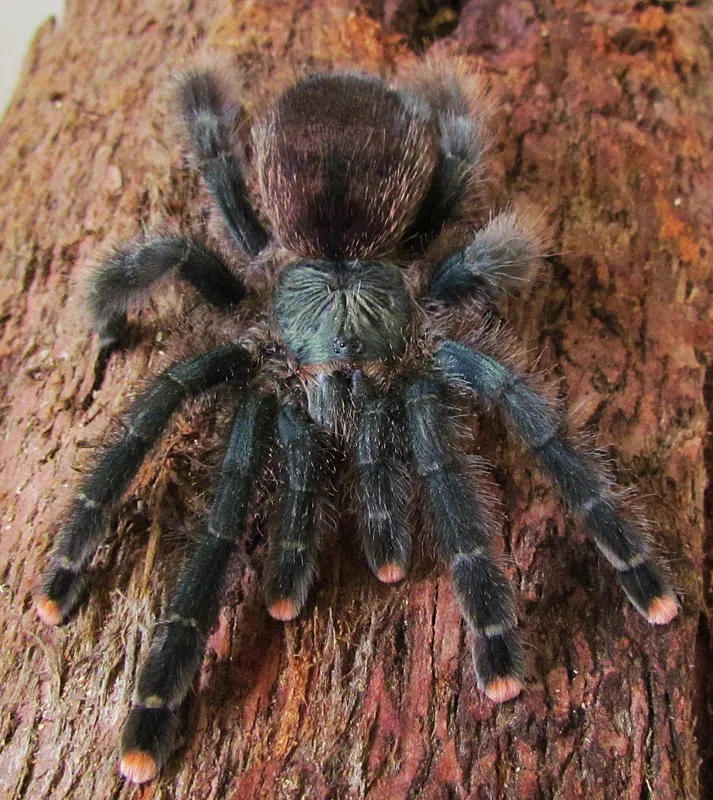
Young Pink Toe Tarantulas should be fed more frequently than adults. Spiderlings (young tarantulas) can be fed every other day or every day, depending on their size and appetite. Adults can be fed once or twice a week. Observe your tarantula’s behavior to gauge its appetite. If it consistently refuses food, reduce the feeding frequency. Remove any uneaten prey within 24 hours to prevent stress and potential mold growth in the enclosure. Always provide fresh water in a shallow dish. Do not overfeed; a tarantula that is too fat may experience health problems. Adjust the feeding schedule based on the tarantula’s activity level and growth stage.
Pink Toe Tarantula: Maintaining Habitat
Maintaining the habitat of your Pink Toe Tarantula involves regular monitoring of temperature, humidity, and cleanliness. These factors are crucial for your tarantula’s health and well-being. Creating and maintaining the correct environment can be easily achieved through proper equipment and understanding of your tarantula’s needs. Regularly cleaning the enclosure and replacing the substrate will prevent the growth of harmful bacteria and fungi. By paying close attention to these details, you can ensure that your Pink Toe Tarantula remains healthy and thrives in its environment.
Temperature and Humidity Levels
Pink Toe Tarantulas thrive in a temperature range of 75-85°F (24-29°C). Use a thermometer to monitor the temperature within the enclosure. Supplemental heating may be necessary if your home is consistently cooler than this range. A heat mat placed on the side of the enclosure, rather than under it, is a safe option. Humidity levels should be maintained between 70-80%. Use a hygrometer to monitor humidity. Mist the enclosure with dechlorinated water a few times a week, or as needed, to maintain the desired humidity level. Good ventilation is essential to prevent mold growth while maintaining humidity. Make sure the enclosure has proper ventilation to allow for airflow while retaining moisture.
Watering Your Pink Toe Tarantula
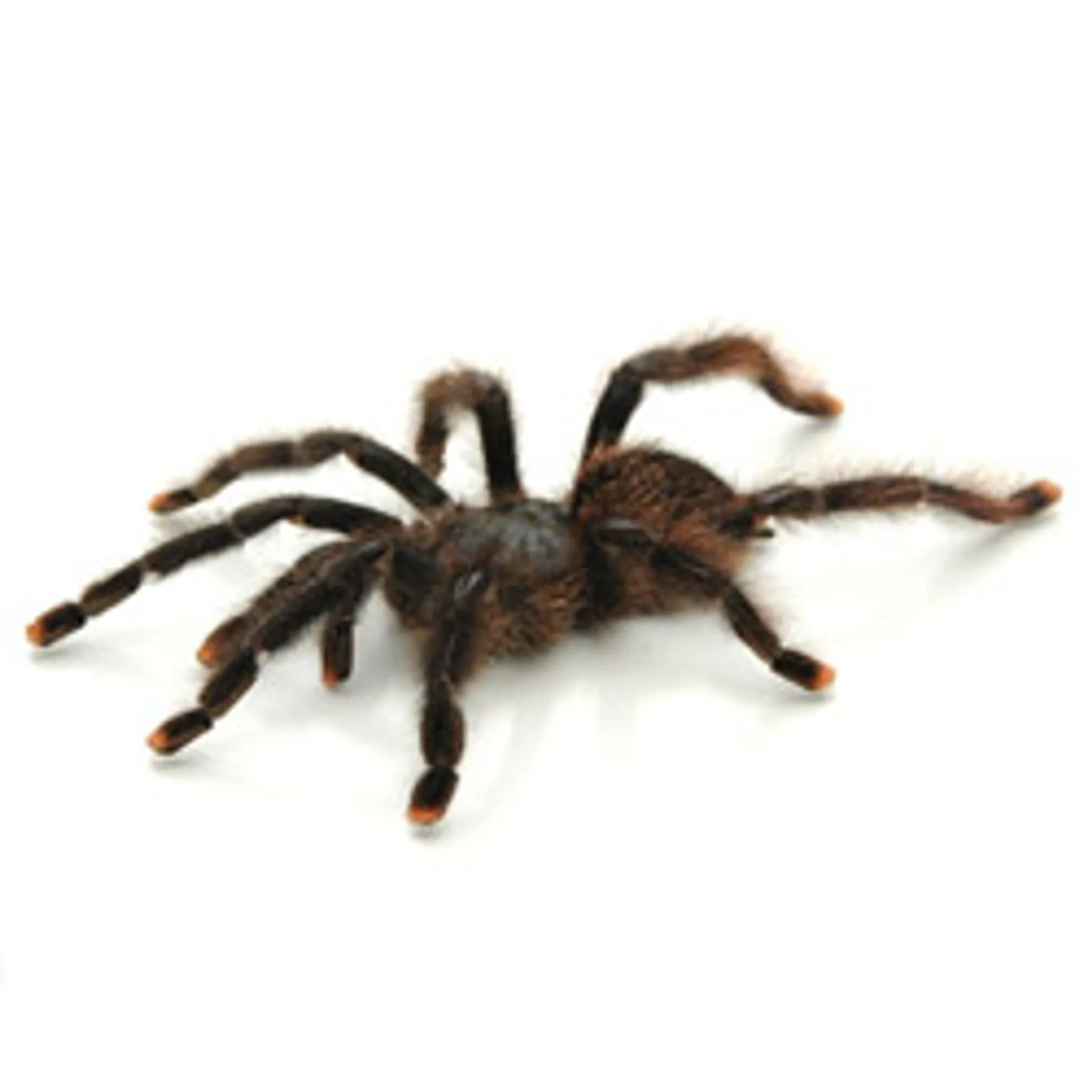
Provide a shallow water dish with fresh, clean water at all times. The water dish should be small enough to prevent the tarantula from drowning, especially for spiderlings. Regularly check the water dish and refill it as needed. You can also mist the enclosure to provide droplets of water for the tarantula to drink. This is particularly important during molting, as the tarantula needs extra hydration. Avoid using tap water that hasn’t been dechlorinated, as chlorine can be harmful to tarantulas. Use distilled or bottled water, or dechlorinate tap water before use. Proper hydration is vital for your tarantula’s overall health and molting process.
Pink Toe Tarantula: Handling and Safety
Handling a Pink Toe Tarantula should be approached with caution and respect. While these tarantulas are generally docile, they can bite if they feel threatened. Handling is often unnecessary and can be stressful for the tarantula. If you must handle your tarantula, do so carefully and be aware of its behavior. Never force the tarantula to come out of its enclosure. Understanding the tarantula’s behavior and recognizing signs of stress can help prevent bites. Always wash your hands thoroughly before and after handling your tarantula.
Safe Handling Techniques
If you choose to handle your Pink Toe Tarantula, do so slowly and gently. Approach the tarantula calmly and avoid making sudden movements. Allow the tarantula to walk onto your hand rather than grabbing it. Keep your hand close to the surface of the enclosure to prevent falls. Handle the tarantula over a soft surface, such as a bed or carpet, to cushion a fall. Be aware of the tarantula’s position and movement at all times. Avoid touching the tarantula’s fangs, as this can cause it to become defensive. Be patient and allow the tarantula to acclimate to being handled, and always supervise children when interacting with the tarantula. Never handle a tarantula if you are feeling nervous or stressed.
Recognizing Stress Signals
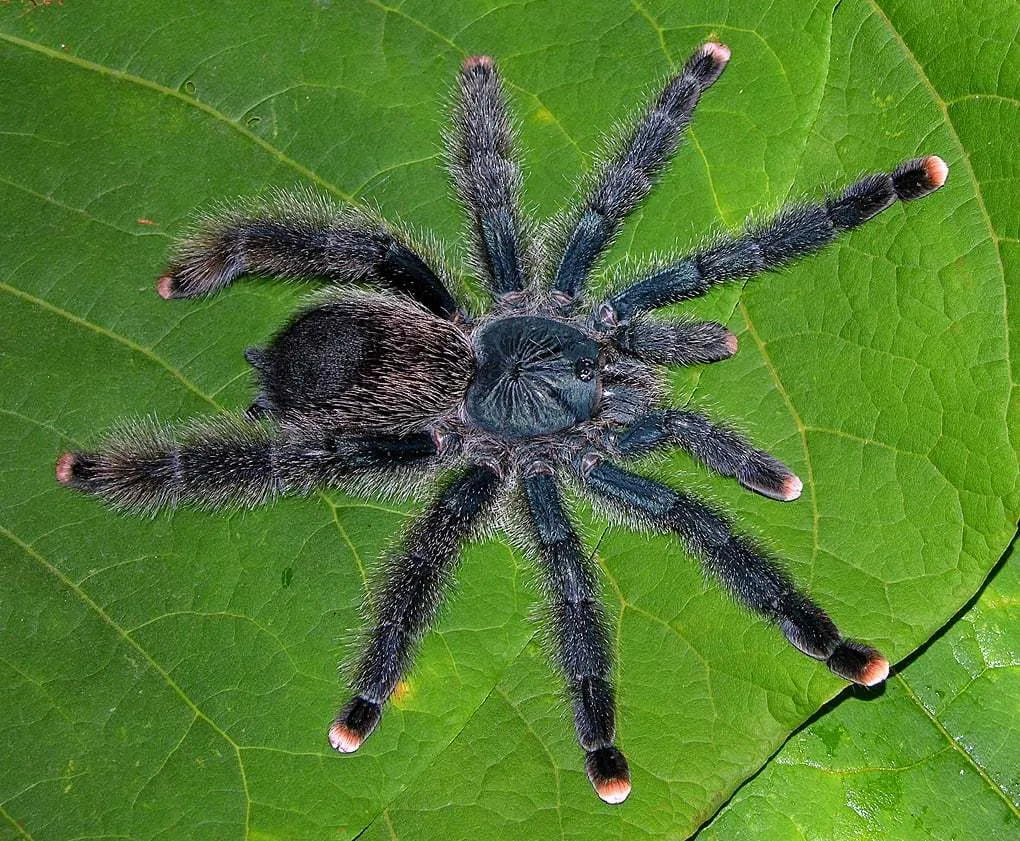
It’s important to recognize signs of stress in your Pink Toe Tarantula to avoid potential bites and to ensure its well-being. Signs of stress include flicking hairs off its abdomen (a defensive mechanism), raising its front legs in a threat posture, or attempting to flee. If your tarantula displays any of these behaviors, it’s best to leave it alone and allow it to calm down. Avoid handling the tarantula if it is showing signs of stress, as it could bite. Respect your tarantula’s boundaries and do not force interactions. Create a calm and stable environment to minimize stress, and provide appropriate hiding places and shelter within the enclosure. Allowing the tarantula to retreat and feel safe will help it maintain a healthy and relaxed demeanor.
Pink Toe Tarantula Health Problems
Like any pet, Pink Toe Tarantulas can be susceptible to certain health problems. Recognizing the signs of illness and providing proper care are essential for ensuring your tarantula’s longevity. Regular observation of your tarantula’s behavior, feeding habits, and physical condition will help you identify potential problems early. Maintaining a clean and properly maintained habitat, as well as providing a nutritious diet, can go a long way in preventing many common health issues. Consult a veterinarian with experience in exotic animals if you notice anything unusual about your tarantula’s health.
Common Diseases and Issues
Pink Toe Tarantulas can be affected by a variety of health issues. Parasites, such as mites, can be a problem. Mites can be detected by small, moving spots on the tarantula or in the enclosure. Respiratory infections can occur if the humidity is too low or the enclosure is poorly ventilated. Impaction, caused by eating substrate, can also be a concern. Look out for lethargy, loss of appetite, or changes in the tarantula’s posture. Provide proper care and follow preventative measures to minimize health risks. If you suspect your tarantula is ill, consult an expert.
Preventative Care
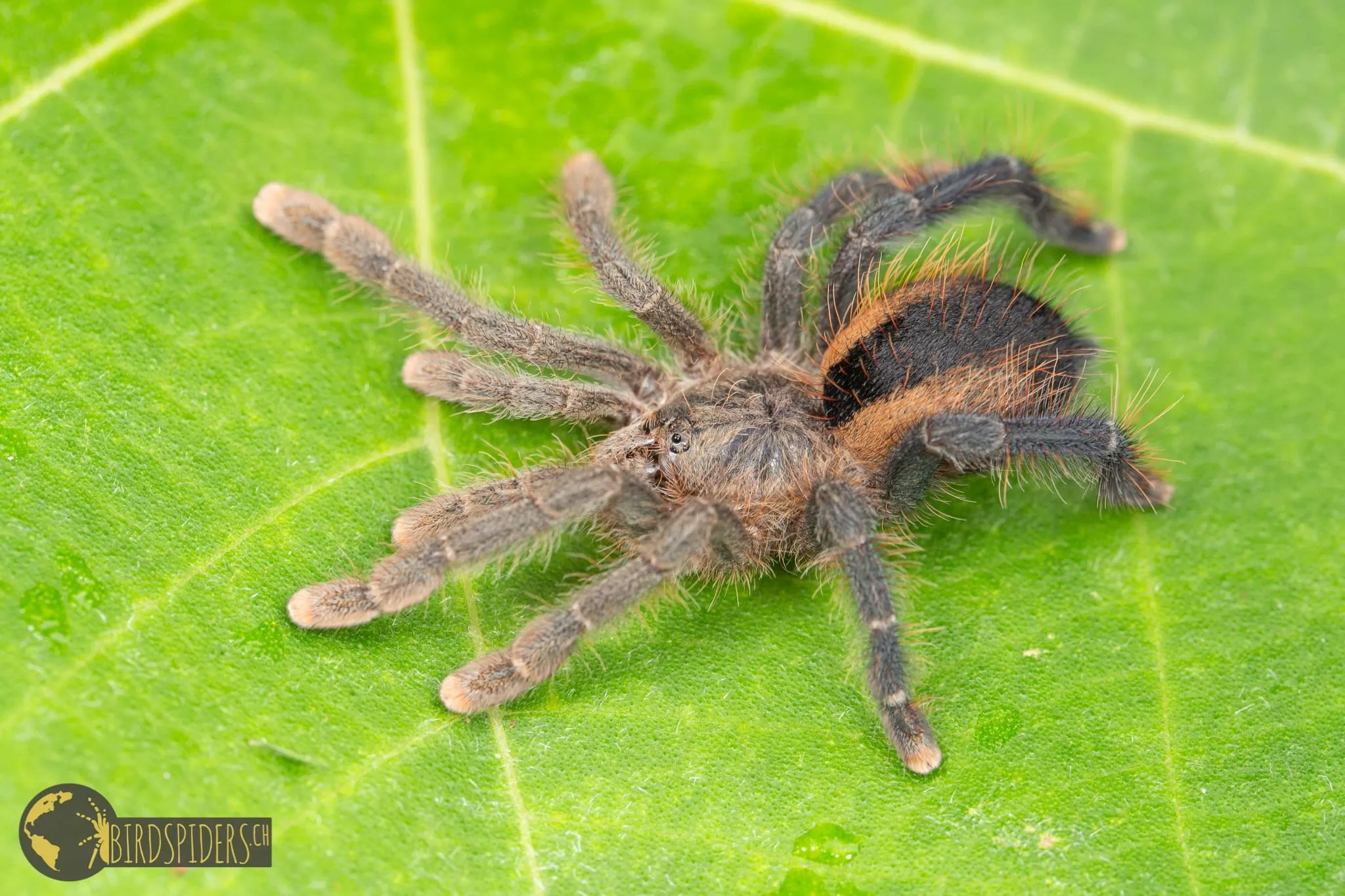
Preventative care is the best way to keep your Pink Toe Tarantula healthy. Maintain a clean and properly ventilated enclosure to prevent bacterial or fungal growth. Provide a varied and nutritious diet. Ensure that the enclosure temperature and humidity are within the appropriate ranges. Quarantine new tarantulas for a period before introducing them to other tarantulas. This can prevent the spread of potential diseases or parasites. Inspect your tarantula regularly for any signs of illness, injury, or stress. Be vigilant and proactive with your care, and your Pink Toe Tarantula will have a better chance of leading a long and healthy life. Regular observation and preventative care are your best tools for maintaining a thriving and vibrant tarantula.
